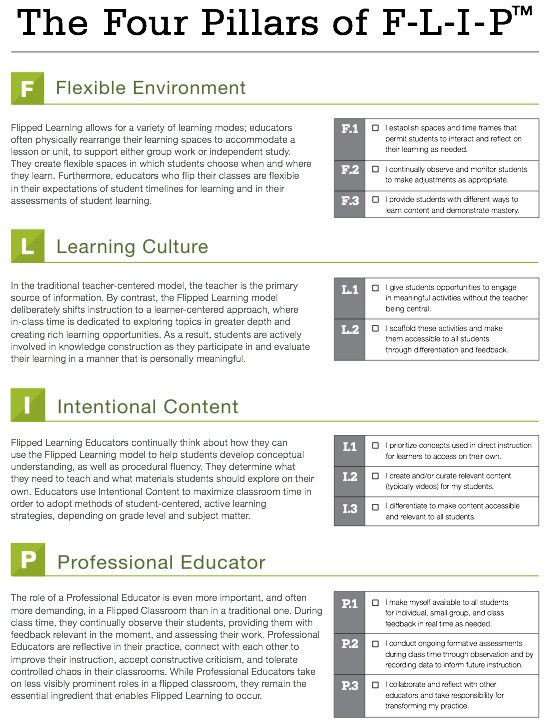Classroom management
is essential to provide students with an environment that builds and maintains
a safe and respectful learning setting. Adult learners must be treated as
adults; speaking to students with an approach which is more
helpful and informal rather than authoritative. Recognizing that students
often have many priorities on top of their learning goals is important factor
for the instructor to remember. The following link provides a thorough
listing of good classroom management points and serves as great reminders for
instructors when establishing classroom etiquette.
The Dos and Don'ts of Classroom Management: Your 25 Best Tips
Three that resonated most with me were:
- Pick your rules wisely, more rules doesn't always equate to better behavior.
- Mood is contagious, leave your baggage at the door.
- Keep students engaged, it's key to limiting disruptive behavior

